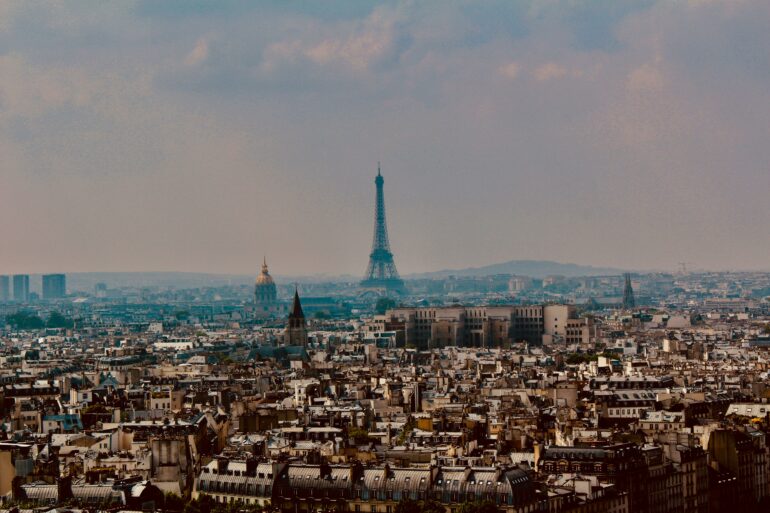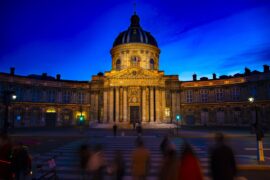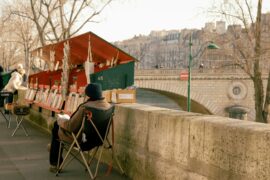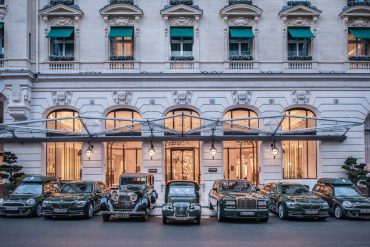Introduction to the Eiffel Tower
The Eiffel Tower, the undisputed icon of Paris, stands majestically on the Champ de Mars, attracting millions of visitors each year. But how much do we really know about this emblematic monument? In this article, I invite you to dive into the fascinating world of the Eiffel Tower, discovering its history, secrets, and curiosities.
The metallic structure, often nicknamed the “Iron Lady,” is far more than a simple tourist landmark. It embodies the ingenuity and boldness of 19th-century architecture. Through these lines, we will explore the many aspects that make the Eiffel Tower a true wonder of the modern world.
Whether you’re a history enthusiast, an architecture lover, or simply curious, I invite you to discover everything there is to know about the Eiffel Tower. Prepare to be amazed by this engineering marvel and its lasting influence on both French and global culture.
The History of the Eiffel Tower’s Construction
The story of the Eiffel Tower’s construction begins with the 1889 World’s Fair, organized to celebrate the centennial of the French Revolution. Gustave Eiffel, a visionary engineer, won the competition among more than 100 proposals to erect a monument on the Champ de Mars. His daring design—a 300-meter-tall metal structure—was selected despite initial criticism.
Construction began in 1887 and was completed in 1889 in just two years, two months, and five days. Over 18,000 metal parts and 2.5 million rivets were needed to assemble this architectural wonder. The project employed hundreds of workers whose courage and determination overcame numerous technical challenges.
Despite early protests and opposition from some artists and intellectuals of the time, the Eiffel Tower quickly became a major attraction. Today, it stands not only as a symbol of Paris but also as a lasting testament to human innovation and creativity.
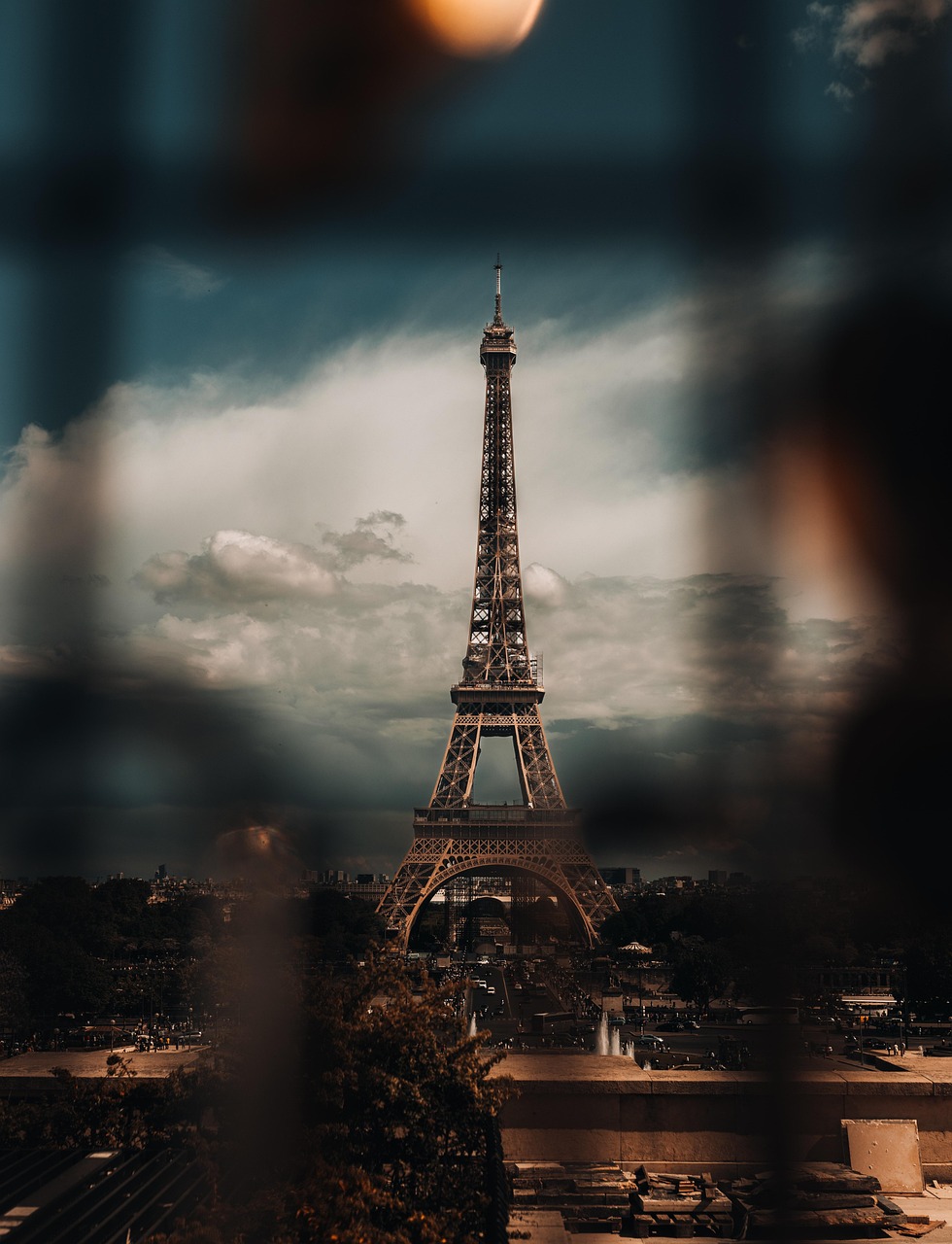
The Eiffel Tower’s Architectural Secrets
The Eiffel Tower is full of architectural secrets that reflect Gustave Eiffel’s revolutionary vision. One of the most fascinating features is how the structure was designed to withstand wind forces. Its curved shape and lattice framework help reduce wind resistance, ensuring its stability.
Another interesting secret lies in the innovative use of materials. At the time, steel was relatively new in construction, and Eiffel proved its potential by using puddled iron—a material that combines lightness and strength. This allowed the tower to reach an impressive height without compromising its solidity.
Finally, the hydraulic elevator system, an innovation at the time, deserves a special mention. This ingenious mechanism allows visitors to comfortably reach the top, offering a breathtaking panoramic view of Paris. These architectural secrets continue to impress and captivate visitors from around the world.
Fascinating Anecdotes About the Eiffel Tower
The Eiffel Tower has been the setting for countless fascinating anecdotes throughout its history. Did you know that during the 1889 World’s Fair, Thomas Edison visited the tower and gifted Gustave Eiffel a phonograph as a thank-you for his hospitality? This symbolic gesture reinforced the alliance between French and American engineering.
Another intriguing story involves the many weddings held at the Eiffel Tower. Couples from all over the world choose this romantic setting to exchange their vows, adding a personal touch to the monument’s history. This tradition highlights the tower’s universal and timeless appeal.
And who could forget the audacious scheme of Victor Lustig, a notorious con artist who once managed to “sell” the Eiffel Tower to an unsuspecting scrap dealer in the 1920s? These amusing and incredible stories add a human and entertaining dimension to the Eiffel Tower’s rich history.
The Eiffel Tower’s Impact on French Culture
The Eiffel Tower is more than just a historical monument—it is deeply rooted in French culture. Since its construction, it has become a symbol of national pride and innovation. The French have embraced it as a representation of their cultural heritage and creative spirit.
Over the years, the Eiffel Tower has inspired countless artists, writers, and filmmakers. It appears in numerous paintings, books, and movies, serving as a backdrop for tales of love, adventure, and mystery. Its iconic image is instantly recognizable worldwide, reinforcing France’s cultural identity.
Moreover, the Eiffel Tower plays a key role in Paris’s tourism economy, attracting millions of visitors annually. It generates significant revenue and supports local businesses. Its impact on French culture is undeniable, continuing to influence current and future generations.
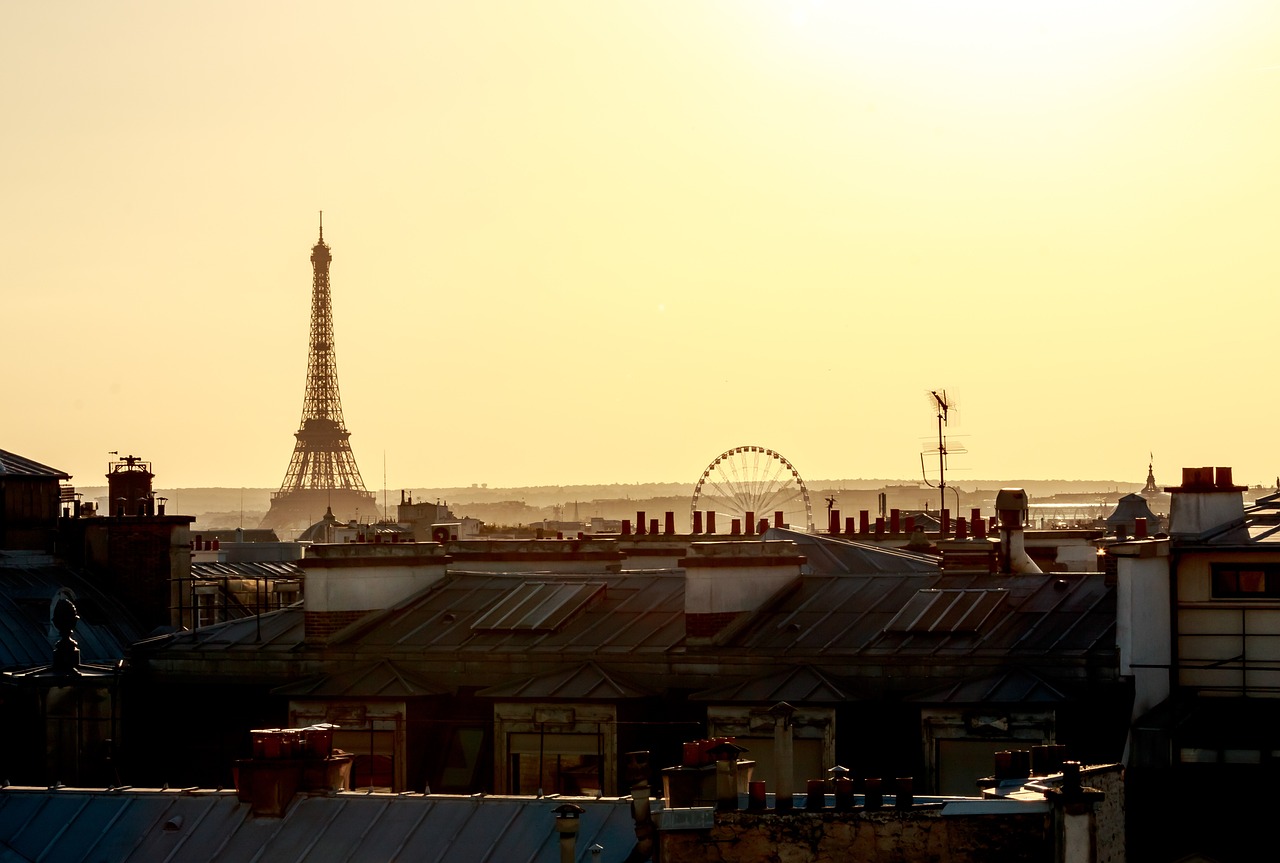
Visiting the Eiffel Tower: Practical Tips
For those planning to explore the Eiffel Tower, here are some practical tips to make the most of your visit. First, it’s advisable to book your tickets in advance to avoid long queues, especially during peak seasons. Tickets can conveniently be purchased online.
Once there, take time to discover each level of the tower. The first floor features engaging exhibits about the tower’s history, while the second floor offers stunning views of Paris. Finally, the top provides an unforgettable experience with a breathtaking panoramic view.
For an even more memorable visit, plan to go in the evening to witness the tower’s spectacular illuminations. Don’t forget to visit the souvenir shops to take home a little piece of Paris. With these tips in mind, your Eiffel Tower visit is sure to be an enriching experience.
Key Historical Events Linked to the Eiffel Tower
The Eiffel Tower has witnessed many significant historical events over the years. During World War II, it became a symbol of resistance. The elevators were sabotaged by the French to prevent easy Nazi access—a bold act that was widely praised.
Another historic moment occurred in 1909 when aviation pioneer Charles Godefroy achieved the incredible feat of flying his plane through the lower arch of the tower. This daring act captured public imagination and highlighted aviation progress at the time.
More recently, in 1999, the Eiffel Tower celebrated the new millennium with a dazzling light show. The event garnered international attention and further cemented its reputation as a global icon. These historic events underscore the Eiffel Tower’s continued importance in world history and culture.
The Eiffel Tower in Art and Literature
The Eiffel Tower has always been an endless source of inspiration for artists and writers. From the moment it was built, it captivated the imagination of Impressionist painters such as Georges Seurat and Paul Signac, who immortalized its silhouette in their works. Its unique shape and bold structure also fascinated Cubist artists like Robert Delaunay.
In literature, the Eiffel Tower has served as a backdrop for numerous romantic and adventurous stories. Authors like Guy de Maupassant and Émile Zola expressed admiration or criticism in their writings, reflecting the ambivalent feelings of the time. Its presence in literature underscores its status as a powerful cultural symbol.
Even today, it continues to inspire creators worldwide. Whether in photography, film, or music, the Eiffel Tower remains a timeless muse, representing the elegance and charm of Paris. Its artistic influence endures, crossing both eras and borders.
The Eiffel Tower’s Illuminations and Shows
The Eiffel Tower’s illuminations are a must-see spectacle. Every evening, thousands of lights sparkle, creating a magical atmosphere that enchants visitors. This light show, launched to mark the turn of the millennium in 2000, has become an essential tradition, drawing spectators from around the globe.
In addition to regular illuminations, the Eiffel Tower also hosts various shows and events throughout the year. From open-air concerts to film screenings, it serves as a venue for diverse cultural celebrations that honor art and creativity. These events reinforce its role as a vibrant cultural hub.
To fully enjoy these magical moments, I recommend checking the event calendar on the Eiffel Tower’s official website. Plan your visit around a show to experience something truly unique and memorable. The illuminations and performances around the Eiffel Tower are a celebration of human beauty and ingenuity—an experience not to be missed during your stay in Paris.
Conclusion: Why the Eiffel Tower Remains an Iconic Symbol
In conclusion, the Eiffel Tower remains an iconic symbol thanks to its rich history, fascinating architectural secrets, and undeniable cultural impact. It represents boldness and innovation, captivating people’s imaginations for over 130 years. Its continued presence inspires and brings together individuals from around the world.
Visited by millions each year, it is far more than a monument—it embodies the spirit of Paris and of France. Whether it’s through its sparkling lights, intriguing anecdotes, or influence on art and literature, the Eiffel Tower never ceases to captivate and enchant.
If you haven’t yet had the chance to visit this architectural masterpiece, I encourage you to do so. Come discover for yourself why the Eiffel Tower is a global icon—a symbol of hope and beauty that continues to shine through the ages. Don’t miss the chance to create your own unforgettable memories beneath its majestic arches.

